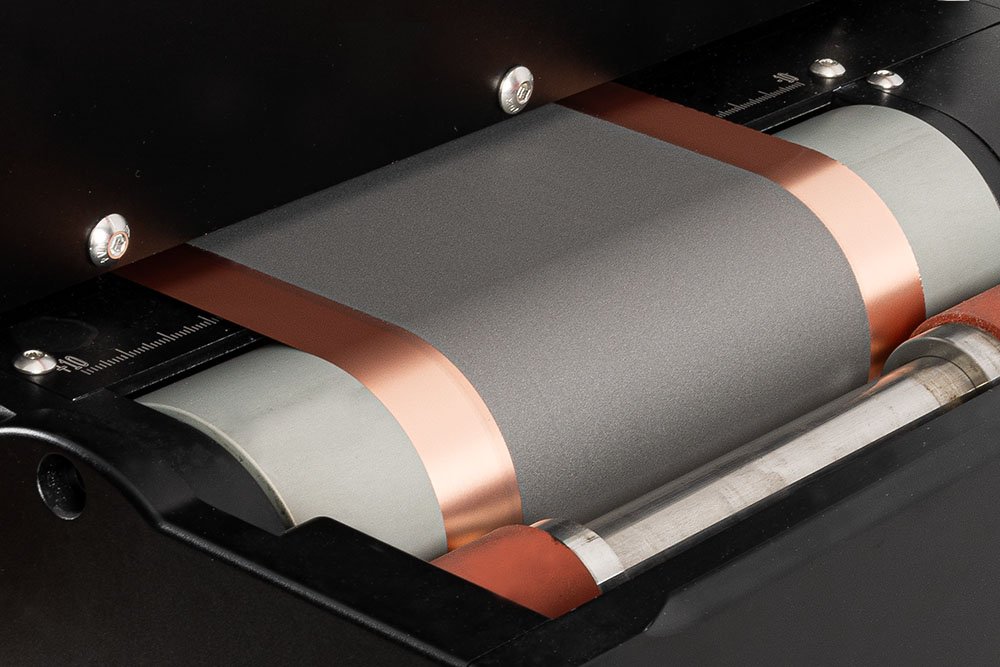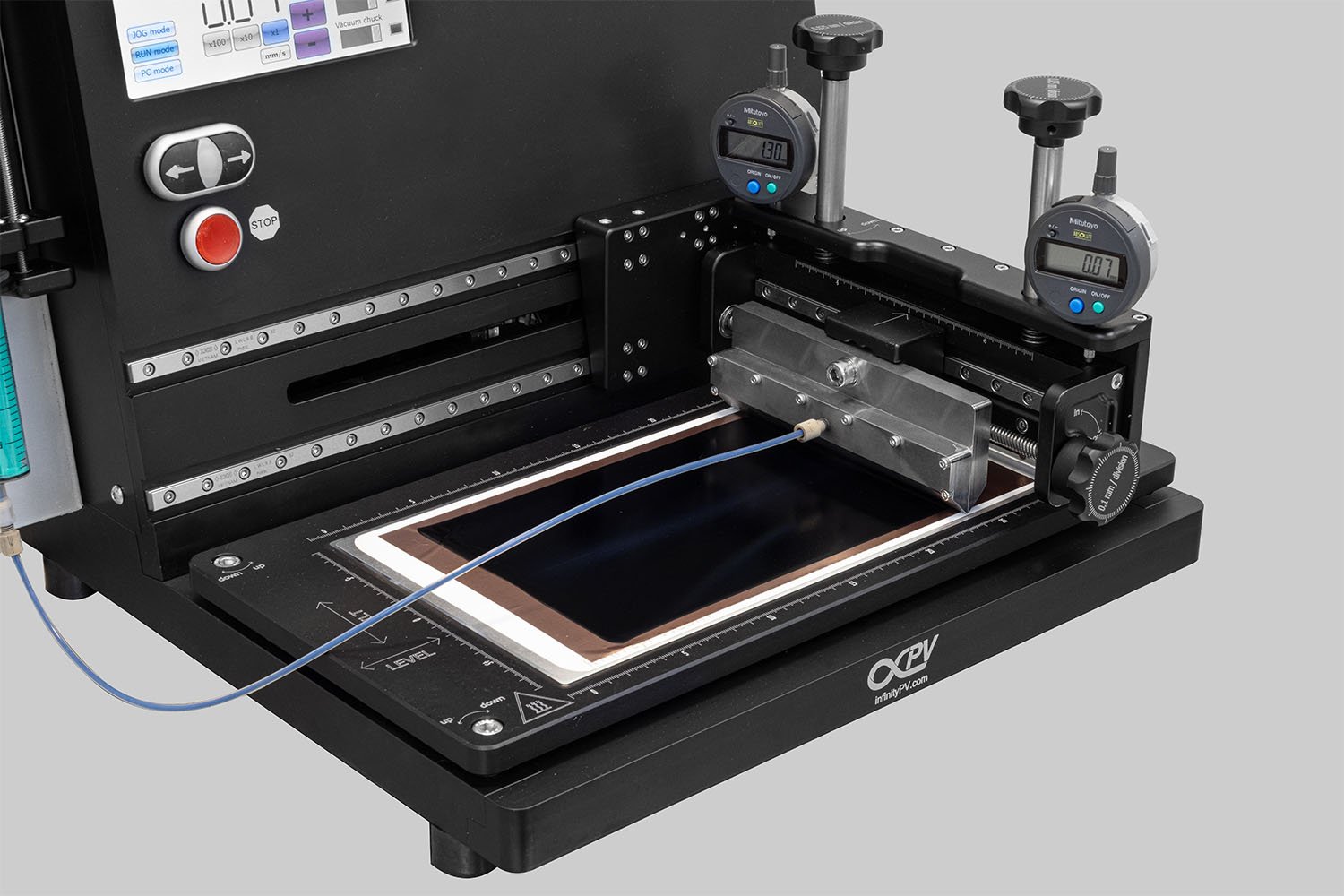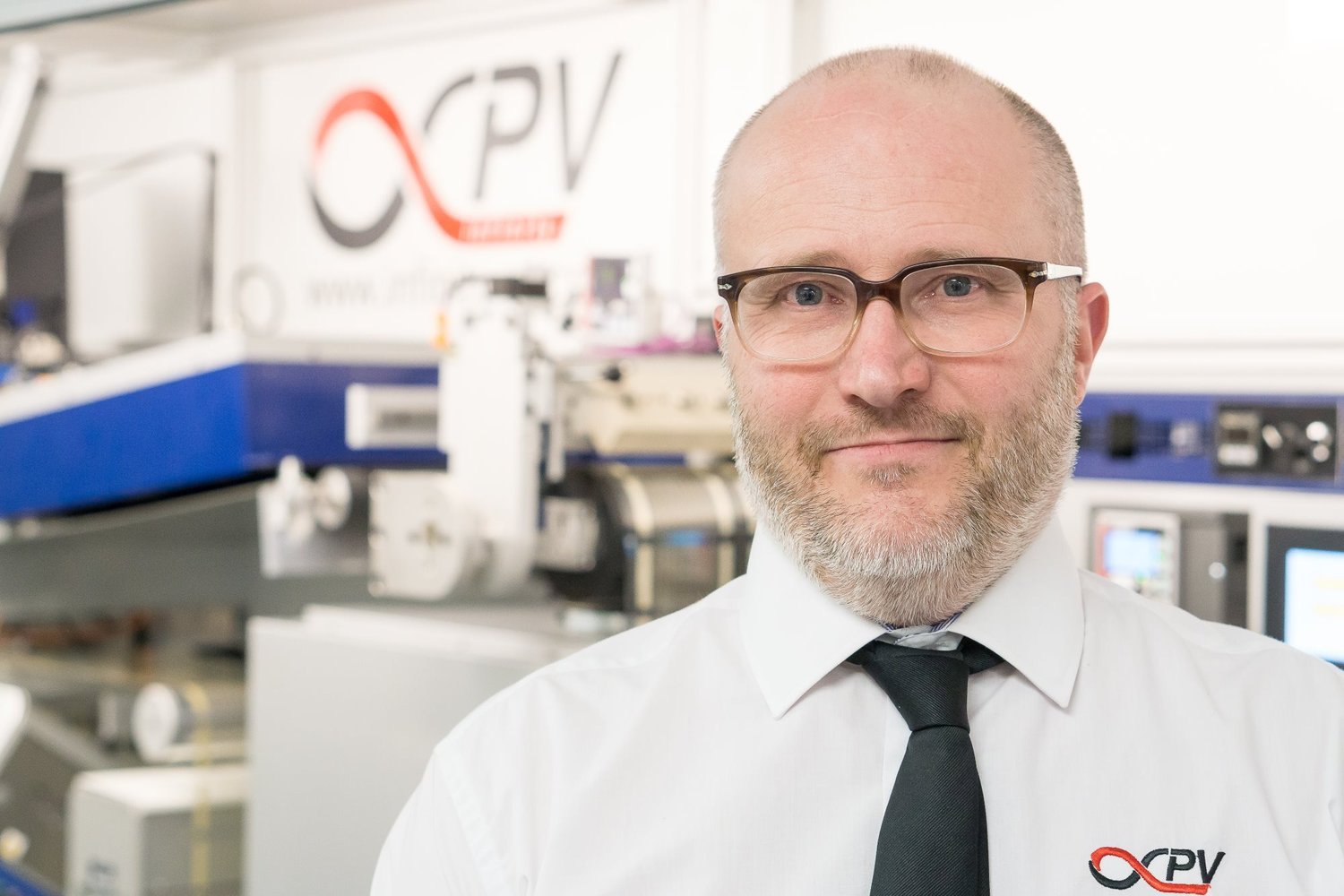Revolutionizing Lithium-Ion Battery Manufacturing: Dry Processing, 3D Printing & Slot-Die Coating
A recent paper titled Advanced Electrode Processing for Lithium-Ion Battery Manufacturing explores emerging techniques for manufacturing lithium-ion battery (LIB) electrodes. Traditional wet slurry processing, while widely used, is energy-intensive and costly. To address these challenges, researchers are investigating advanced alternatives such as dry processing, radiation curing, and 3D-printing. These methods offer promising advantages, including reduced energy consumption, lower material waste, and improved battery performance.
Key Highlights
Conventional slurry-based electrode processing is energy-intensive and accounts for a significant portion of LIB manufacturing costs.
Dry processing reduces energy consumption by over 46% and lowers manufacturing costs by approximately 11.5%.
Radiation curing enables high-throughput electrode manufacturing, though binder selection remains a challenge.
3D-printing offers customizable electrode architectures with enhanced performance, but scalability issues persist.
Advanced aqueous processing provides an alternative to toxic solvents, but compatibility issues with cathode materials must be addressed.
Slot-die coating plays a crucial role in improving electrode uniformity and efficiency.
The transition to these advanced techniques could significantly impact the sustainability and scalability of battery production.
The Slurry Coater is an essential wet film deposition tool for the Laboratory Roll-to-Roll Coater, enabling rapid and precise printing of multiple thin films.
Methods and Theoretical Background
Conventional Slurry-Based Processing and Slot-Die Coating
Traditional electrode manufacturing relies on mixing active materials, binders, and conductive agents into a solvent-based slurry. The slurry is coated onto a current collector and then dried to remove solvents, a process that consumes substantial energy and requires expensive solvent recovery systems.
A key technique in slurry-based processing is slot-die coating, which ensures uniform electrode films. In this process, the slurry is precisely dispensed onto a moving substrate through a controlled slot, producing consistent thickness and high reproducibility. Slot-die coating improves material efficiency, reducing waste and enhancing battery performance. However, the drying stage remains a major challenge, as solvent evaporation requires significant energy input.
Advanced Electrode Processing Techniques
1. Dry Processing
Dry processing eliminates the need for solvents by compressing a powder mixture directly into electrode films. This technique significantly reduces energy usage and environmental impact. Maxwell-type dry processing, one of the most scalable dry processing methods, uses polytetrafluoroethylene (PTFE) as a binder to create flexible, robust electrodes. The process involves dry mixing, calendering the mixture into free-standing films, and laminating them onto a current collector.
Dry processing offers several advantages, including improved mechanical stability, reduced electrode porosity, and enhanced lithium-ion transport pathways. However, challenges remain in optimizing electrode adhesion and binder compatibility, particularly for high-capacity anodes like silicon-based materials.
Customized for lab-scale research and development, the LR2RC750 Battery Coater facilitates the efficient application of battery electrode coatings.
2. Radiation Curing Processing
Radiation curing, including ultraviolet (UV) curing and electron beam curing, is an alternative electrode processing technique that eliminates traditional drying steps. Instead of solvent evaporation, radiation curing polymerizes the binder in place, creating a strong and stable electrode film.
UV curing relies on photoinitiators that trigger polymerization under UV light exposure, forming a robust cross-linked binder network. This method enables rapid processing but is limited by the penetration depth of UV light, which can struggle with thick electrodes.
Electron beam curing provides deeper penetration and does not require photoinitiators, making it a promising alternative for high-energy-density electrodes. However, electron beam equipment is expensive and requires specialized safety measures.
Both methods reduce production time and floor space requirements, but optimizing binder chemistries for long-term electrochemical stability remains a key research area.
3. 3D-Printing Processing
3D-printing allows for precise control over electrode architecture, enabling innovative designs that improve battery performance. Common 3D-printing methods for LIB electrodes include:
Direct Ink Writing (DIW): A high-viscosity ink containing active materials, binders, and conductive agents is extruded through a nozzle to create patterned electrodes. DIW enables the fabrication of high-loading electrodes with superior ion transport capabilities.
Material Jetting: Techniques such as inkjet and aerosol jet printing allow for precise material deposition, minimizing waste and enabling high-resolution electrode features.
Fused Deposition Modeling (FDM): A thermoplastic filament containing active material is melted and extruded to build electrode structures. While cost-effective, this method faces challenges in achieving high conductivity and electrochemical performance.
3D-printed electrodes can improve charge-discharge rates and mechanical flexibility but are currently limited by slow production speeds and high material costs.
Use a precision slot-die coater to thin-film batteries
Results and Implications
Each advanced technique presents unique benefits and challenges:
Dry processing has already been scaled up in some industrial applications and provides a cleaner alternative to wet processing.
Radiation curing has demonstrated the highest potential for manufacturing speed but requires further material compatibility improvements.
3D-printing excels in customization but needs further technological advances to become viable for mass production.
Slot-die coating remains an essential technique for producing uniform electrodes in both conventional and advanced processing methods.
These methods are paving the way for more sustainable LIB manufacturing, crucial for meeting the rising demand driven by electric vehicles and renewable energy storage.
Conclusion
The shift towards advanced electrode processing methods represents a necessary evolution in lithium-ion battery manufacturing. While traditional slurry-based processing remains dominant, dry processing, radiation curing, and 3D-printing offer viable and more sustainable alternatives. Overcoming scalability challenges and material compatibility issues will be key to their widespread adoption.
Slot-die coating remains a critical component of modern battery manufacturing, ensuring high-quality electrode films with minimal material waste. By integrating advanced processing techniques with existing coating technologies, manufacturers can improve efficiency and reduce costs.
By implementing these innovative approaches, the industry can move towards a more cost-effective and environmentally friendly production process, ensuring that the growing demand for high-performance batteries is met sustainably.
Get Professional Support for Your Coating Needs
Need help with slot-die coating, coating machines, or any related applications?
Contact infinityPV’s experts today for professional guidance and support.
Related Products
Laboratory Roll-to-Roll Coater
A compact and modular high precision roll-to-roll slot-die coater that transforms the way thin functional films are printed and coated.
LR2RC500 Bundle
Probably the world’s most compact R2R slot-die coater, featuring a syringe pump, a 65 mm slot-die head, and an infrared oven for precise lab coating.









